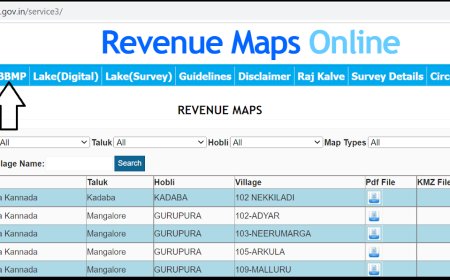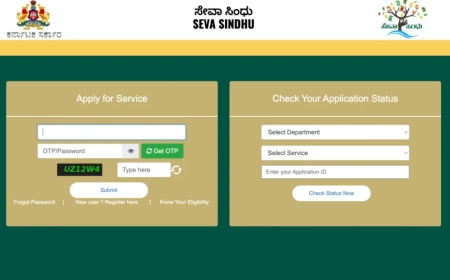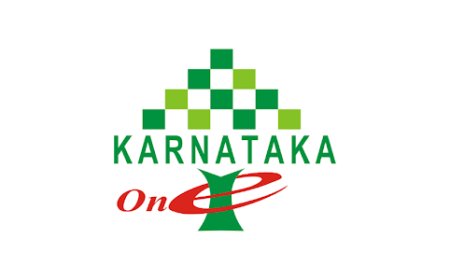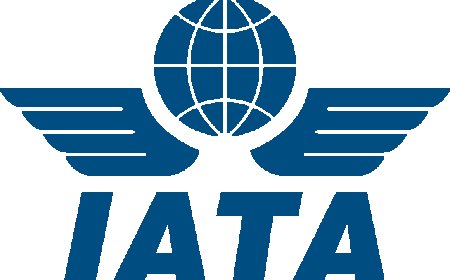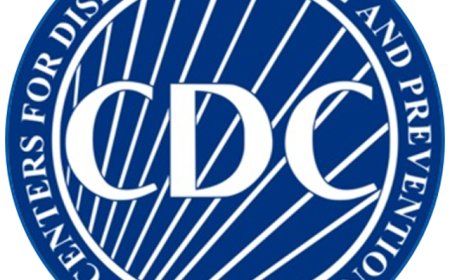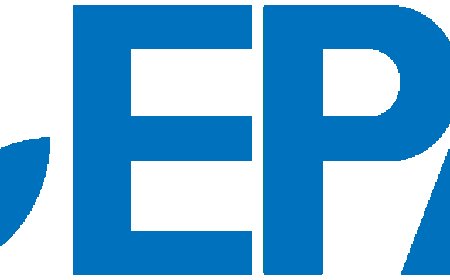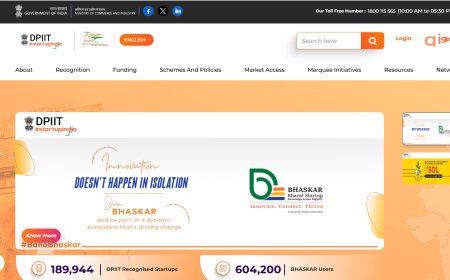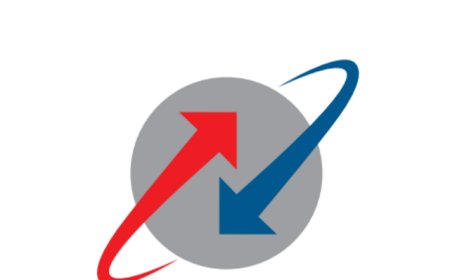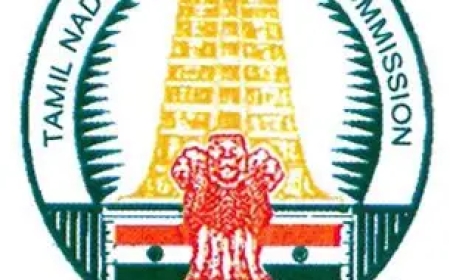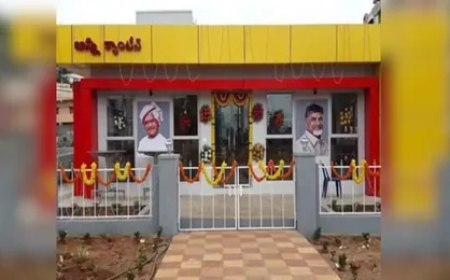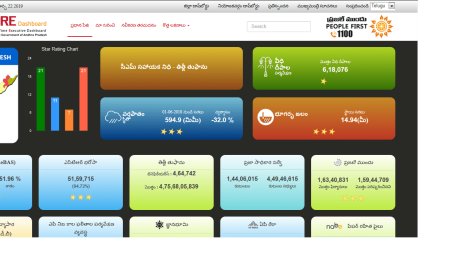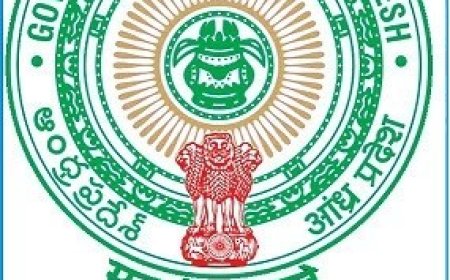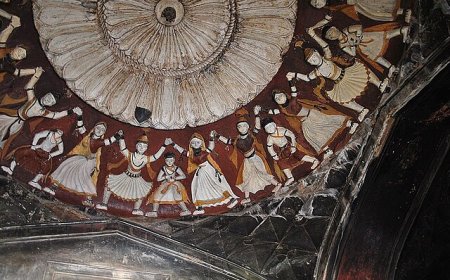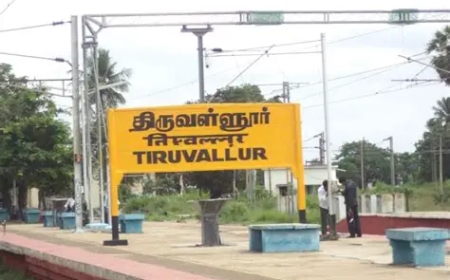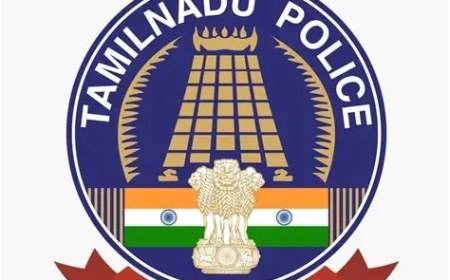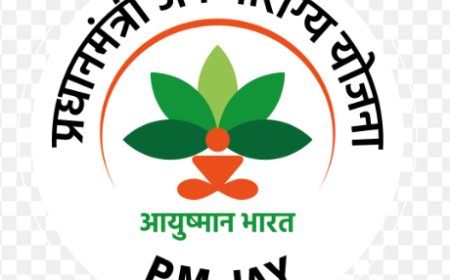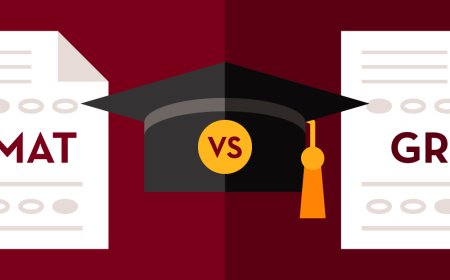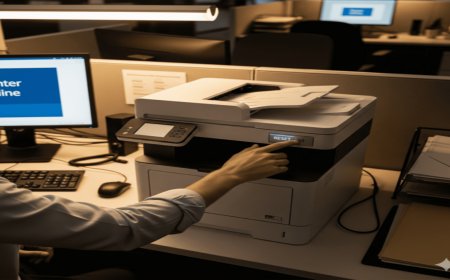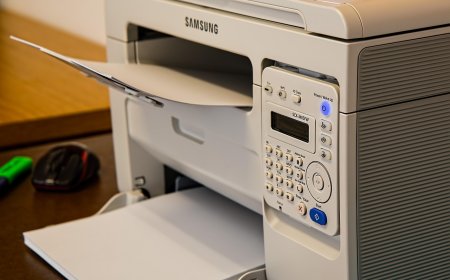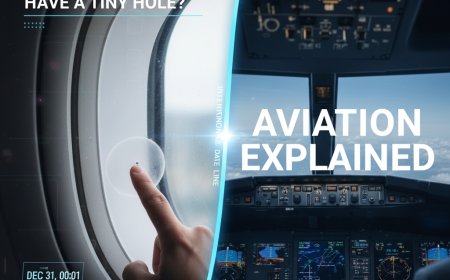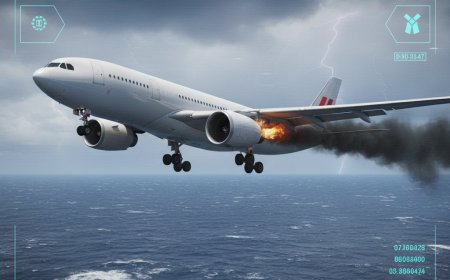NASA’s Lunar Challenge Victor Puts Cutting-Edge Tech to the Test in Thermal Vacuum Chamber


By Savannah Bullard
Starpath’s Journey: Testing Lunar Rover Innovations at NASA
In a remarkable follow-up to their success in NASA’s Break the Ice Lunar Challenge, the innovative team from Starpath recently visited NASA’s Marshall Space Flight Center in Huntsville, Alabama. This visit was part of their reward for securing second place in the competition, allowing them to test their enhanced lunar regolith excavation rover in the center’s expansive 20-foot thermal vacuum chamber.
Break the Ice Lunar Challenge: A Platform for Innovation
Based in Hawthorne, California, Starpath achieved second place in the Break the Ice Lunar Challenge’s live demonstration finale in June 2024. This competition, part of NASA’s Centennial Challenges, invited participants to create robotic systems capable of excavating and transporting the Moon’s icy, rocky soil, known as regolith.
“NASA’s Centennial Challenges are instrumental in uncovering cutting-edge technologies for future lunar and Martian missions,” explained Naveen Vetcha, the challenge manager at NASA Marshall. “Collaborating with winners post-competition exemplifies how NASA facilities can further these technologies, offering valuable solutions for both the agency and the industry.”
Starpath’s Innovative Rover Design
Starpath developed a robust four-wheeled rover designed to operate in the extreme conditions of the lunar South Pole. The rover features a dual drum mechanism that extends from its body, resembling a crab’s claws, to efficiently excavate tough regolith without depleting its limited battery life.
Testing in Simulated Lunar Conditions
Before embarking on their 2,000-mile journey from California to Alabama, NASA Marshall’s Engineering Test Facility prepared a concrete slab with rocky terrain to serve as a testing ground for the rover. The V-20 Thermal Vacuum Chamber at Marshall’s Environmental Test Facility can replicate harsh lunar environments by adjusting vacuum, temperature, humidity, and pressure. In August, Starpath spent three days conducting excavation and mobility trials, gathering data on their rover’s performance.
Preparing for Future Lunar Missions
The Starpath team is refining their technology for missions targeting the Moon’s permanently shadowed South Pole regions. As a prospective landing site for NASA’s Artemis missions, which aim to send astronauts to the Moon and eventually Mars, this area is believed to contain ice within its regolith. The Break the Ice Lunar Challenge was inspired by the need for robust technologies to excavate and transport lunar ice for conversion into drinking water or rocket fuel.
About NASA’s Centennial Challenges
NASA’s Break the Ice Lunar Challenge was a part of the NASA Centennial Challenge series, running from 2020 to 2024. Managed by the Marshall Space Flight Center with support from the Kennedy Space Center in Florida, these challenges are integral to NASA’s Prizes, Challenges, and Crowdsourcing program under the Space Technology Mission Directorate.
For further details about the challenge and its outcomes, visit:
What's Your Reaction?
 Like
0
Like
0
 Dislike
0
Dislike
0
 Love
0
Love
0
 Funny
0
Funny
0
 Angry
0
Angry
0
 Sad
0
Sad
0
 Wow
0
Wow
0





